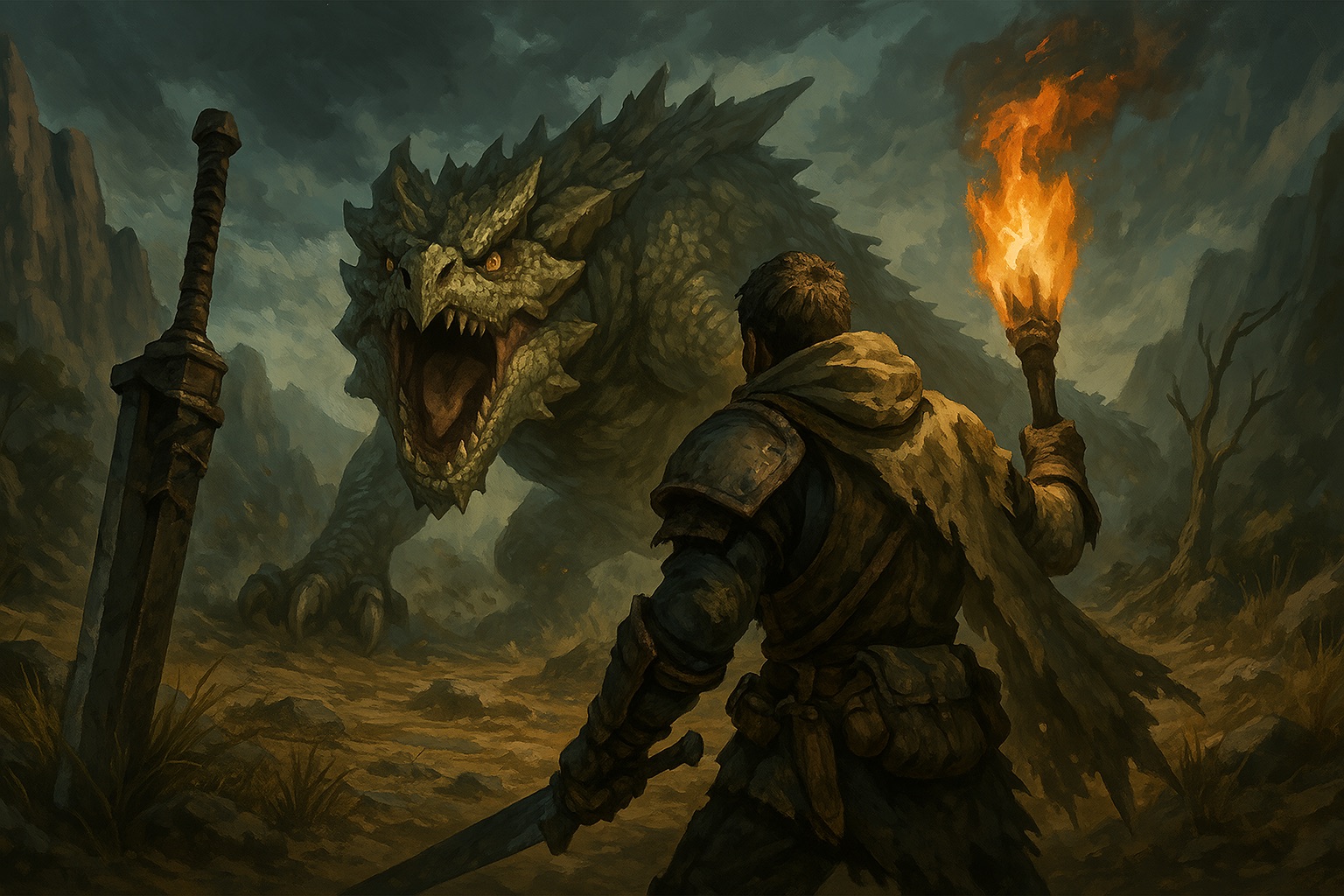So, you've decided to step into the vast, unpredictable world of Monster Hunter Wilds. First of all—good call. This game isn’t just a sequel; it’s a recalibration of everything the series has built over the years. It’s bold, visually stunning, and, at times, unapologetically brutal. But for those who are ready to brave its biomes, there's a deeply rewarding experience waiting.
Whether you’re completely new or just rusty after a few years away from the series, this guide will give you a clean path to becoming not just a survivor, but a hunter worth remembering.

The Hunter’s Loop: Know the Rhythm
Monster Hunter has always been about the loop. Prepare, hunt, carve, upgrade, repeat. And Wilds refines this loop into something as smooth as it is savage. Preparation is everything. You don’t just charge into a hunt—you craft meals, select gear, stock up on essentials, and get your head right.
Once you're in the field, the game unfolds like a living documentary. You track footprints, listen for roars, follow trails of destruction—all while the environment shifts around you.
Hunting is only one piece of the puzzle. Carving materials from your prey gives you access to new weapons and armor, each with stats and resistances tailored to specific monsters. Smart upgrading is what keeps you alive.
Pick the Right Weapon for You
There are 14 weapon types in Monster Hunter Wilds. Each one plays like its own class—complete with distinct mechanics, advantages, and a learning curve. Great Swords are about timing and power. Insect Glaives give you mobility and aerial flair. Charge Blades mix technical complexity with brute strength.
The training area exists for a reason. Spend time there. Try everything. Don’t go by tier lists—go by feel. The best weapon is the one you’re excited to use every time a hunt begins.
Your Companion: The Seikret
The Seikret is your mount, your pack mule, and your fast-travel system rolled into one. This creature is fast, reliable, and surprisingly agile. But it’s not just about getting from point A to B.
You can swap weapons while riding it, scout for gathering spots, and even engage monsters from its back. Mastering the Seikret early gives you a serious edge, especially in long-distance chases or quick getaways.
Learn the Ecosystems
The environments in Wilds aren’t just backdrops. They’re living, breathing systems. Weather changes. Monsters migrate. Small critters lead you to larger ones. Learning these maps isn't about memorizing layouts—it’s about understanding how everything moves.
And yes, terrain matters. Cliffside ambushes, mudslides, flash floods—use them. Or get used to getting caught in them.
Focus Mode Is Your Friend
A new addition to Wilds, Focus Mode allows you to track and target specific monster parts. It’s like a combat microscope. Lock in, stay close, and punish weak points. This is especially handy for breaking horns or tails to carve special materials.
When you find your rhythm, you’ll be slipping into Focus Mode mid-combo without a second thought.
Multiplayer Makes It Better
You don’t have to go it alone. Monster Hunter Wilds keeps the traditional four-player co-op structure, but makes it easier to connect through Link Parties, lobbies, and environment-linked exploration. If you’re new, jumping into a squad of veterans can help you learn faster.
That said, communication is king. Use voice, ping commands, or emotes—just don’t be silent in the middle of chaos.
Manage Your Inventory Like a Pro
Running out of potions in the middle of a fight? Rookie mistake. Crafting is just as important as combat. Make sure your inventory is always stocked with:
- Potions and Mega Potions
- Antidotes or status-specific cures
- Traps and Tranq Bombs for capturing
- Whetstones and ammo if needed
Auto-crafting options help keep your loadout lean and efficient. Use them.
Prepare for Each Hunt
Before accepting a quest, make it a habit to:
- Eat a meal that matches your role (damage, defense, elemental resistance)
- Check the monster’s known weaknesses
- Bring gear that suits the terrain (heat resistance in deserts, cold resistance in icy zones)
This prep isn’t optional—it’s survival.
Stay Sharp with the Grand Hub
Once you reach a certain point in the game, the Grand Hub opens up. This is your central social space, arena battleground, and quest-planning zone. Here, you can interact with NPCs, join group hunts, test your builds, and catch your breath between hunts.
Get familiar with it early. The Hub becomes your tactical headquarters as the game gets harder.
Monster Hunter Wilds: Key Takeaways for Beginners
| Topic | What to Know |
|---|---|
| Weapons | Try all 14 types, choose what feels natural |
| Seikret Mount | Use it for travel, combat, and mid-hunt utility |
| Focus Mode | Target weak points and specific monster parts |
| Multiplayer | Join squads for faster learning and smoother hunts |
| Crafting & Inventory | Keep supplies topped off and auto-crafting enabled |
| Ecosystems | Pay attention to terrain, weather, and monster behavior |
| Grand Hub | Use it to connect, plan, and regroup as the game scales |
Ready to Hunt?
Monster Hunter Wilds doesn’t hold your hand. But that’s the point. Every victory is earned. Every armor set tells a story. Every scar means you learned something.
So if you're ready to step into the wild with purpose, grab your Monster Hunter Wilds EU PC Steam CD Key, gear up, and start carving your legend one claw mark at a time.
Welcome to the hunt. Make it count.
Dive into our newest article here: Fix Stardew Valley GOG Crashes and Bugs